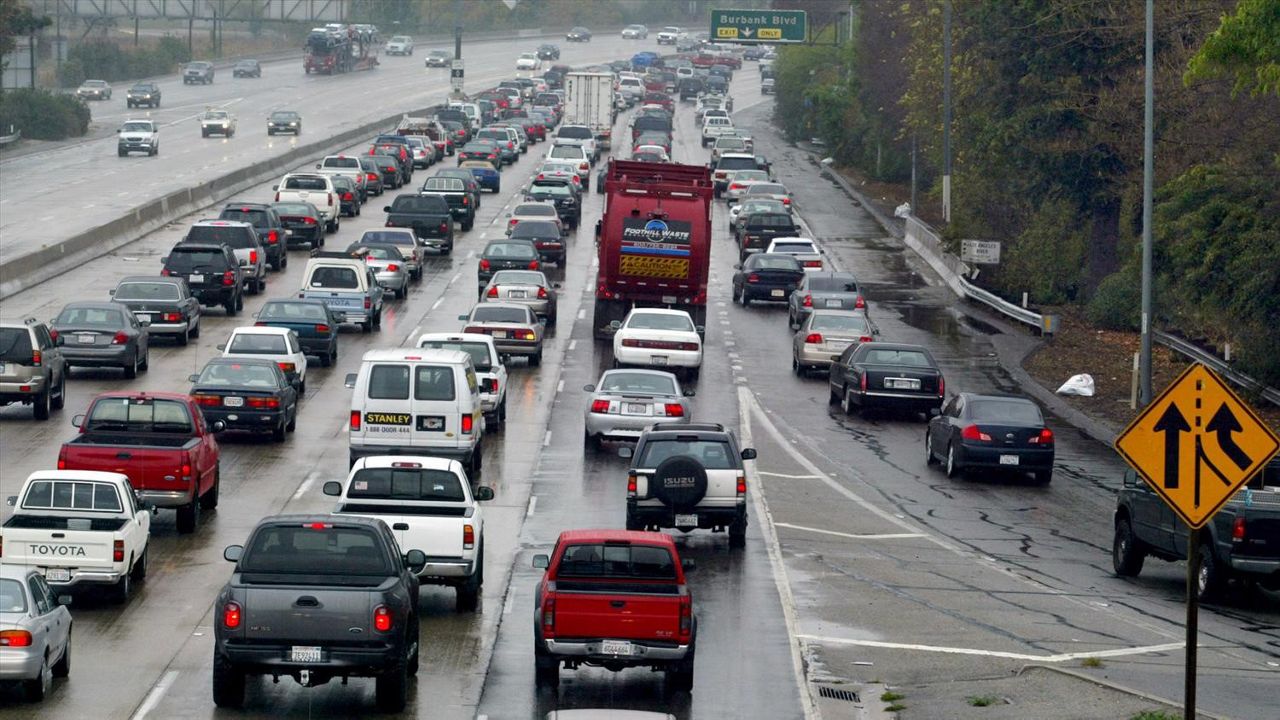LOS ANGELES (CNS) — Los Angeles Councilman Paul Koretz Thursday announced the release of the draft Wildlife Pilot Study ordinance, which he requested in a motion that was unanimously approved by the City Council.
The proposed ordinance would protect wildlife in the hills between the 405 and 101 freeways. It sets standards for residential fencing, landscaping, trash enclosures, light and windows, which also would protect houses from fires by allowing first responders better access. The ordinance would also create buffers from waterways and other biological resources.
"Our natural systems support healthy human habitat and we must support them to protect ourselves. I applaud (Director of Planning) Vince Bertoni and his planning team for bringing forward today's draft ordinance as the first step toward a more comprehensive effort and look forward to a robust public discussion and educational campaign," Koretz said. "As those of us working on climate issues in an interconnected way deeply understand, it is essential for us to simultaneously recreate our power and transportation systems while also aggressively protecting our natural world, or else it will all be for naught."
Koretz' motion was introduced in April 2014 and called for a set of land regulations to maintain wildlife habitat connectivity, protect the city's biodiversity, wildlife connectivity and unique habitats.
On Thursday, several people voiced their support for the ordinance by calling into the City Council Budget and Finance Committee, which is in the process of reviewing Mayor Eric Garcetti's proposed budget for the 2021-22 fiscal year.
People called for funding in the new budget for four staff positions — an environmental specialist, city planner and two planning associates — to finalize the wildlife corridor ordinance.
"Failure to adequately fund these positions will effectively kill the wildlife corridor ordinance before it is even implemented," the Center for Biological Diversity said in a letter urging supporters to call in to the meeting.
The City Planning Department released a draft of the ordinance on Tuesday. The effort to protect wildlife is supported by neighborhood councils of Bel Air/Beverly Crest, Foothills Trails District, Studio City, Encino and Hollywood Hills West, as well as the Laurel Canyon Association, Benedict Canyon Association CLAW (Citizens for Los Angeles Wildlife), Friends of Griffith Park, the Santa Monica Mountains Conservancy and the Neighborhood Council Sustainability Alliance.
"What a long journey it has been. As the original petitioner of this ordinance, we were recently thrilled and amazed when a planner acknowledged that while 30 years ago they only considered the Santa Monica mountains area development potential, today they recognize the critical need to conserve its important habitat connectivity," said Tony Tucci, Chair and co-founder of CLAW.
"I am proud that our work has helped reframe the perception of LA from merely a concrete city of freeways to a precious and magnificent urban-wildlands interface. We applaud the city for their efforts of completing this step toward a policy that when implemented will prioritize wildlife and watershed protections for the foreseeable future."
While the ordinance would only protect the hillside area between the 405 and 101 freeways, it could impact wildlife in other areas of the city.
"We're ecstatic with the progress and good news. The people of Los Angeles need to understand that without protecting connectivity all across the Santa Monica Mountains, wildlife in Griffith Park will diminish," said Gerry Hans, president of Friends of Griffith Park. "Habitat fragmentation and connectivity are already at critical levels, but can be reversed."
Councilwoman Nithya Raman, who represents Griffith Park, said:
"Los Angeles' hillside neighborhoods in the Santa Monica Mountains are home to a significant portion of the natural beauty, open space, and biodiversity of our city. This draft ordinance will instill important safeguards in hillside development that improve wildlife connectivity and wildfire protection in these sensitive areas."



